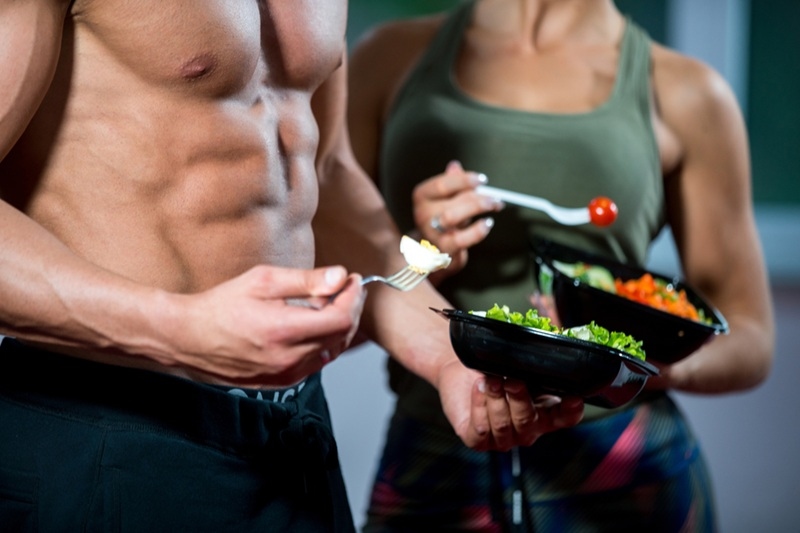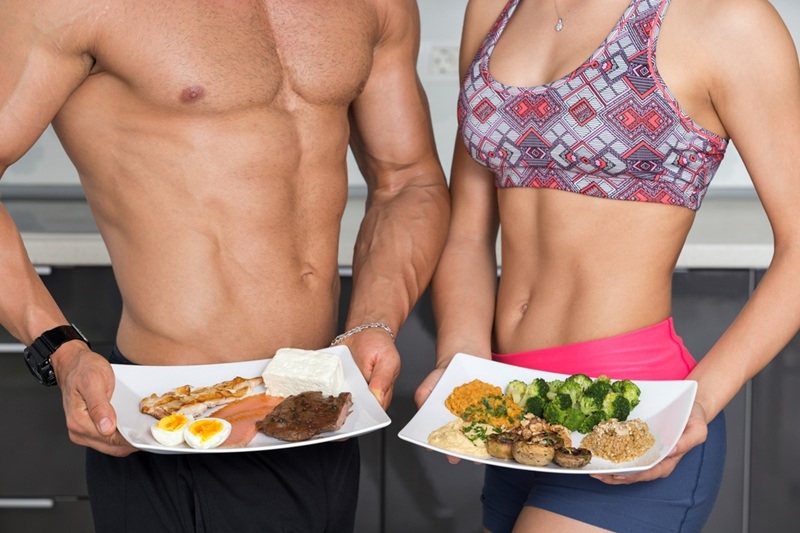
Strength training has become more than just a way to build muscle. It’s a lifestyle choice, a mental reset, and for many, a daily ritual. But here’s the kicker: without the right nutrition, those hours spent under the bar won’t give you the results you’re chasing. That’s where the conversation about Exercises nutrition 2025 really begins. What we eat before and after lifting matters more than ever, and the science is catching up with what lifters have known for decades—food is fuel, plain and simple.
So let’s dig into what to eat before and after a strength workout, why timing matters, and how to set up simple meals that keep you strong, energized, and ready for more.
Think about it this way: strength training tears down muscle fibers, and nutrition builds them back stronger. Skip the food part, and you’re essentially leaving the job half-finished. Muscles won’t recover, energy drops, and performance stalls.
Nutrition isn’t just about calories. It’s about balance—protein for repair, carbs for energy, fats for recovery, and hydration for everything in between. Without the right mix, your lifting progress will crawl, no matter how perfect your form or program.
Picture this: you walk into the gym on an empty stomach. Your energy feels flat, the weights feel heavier, and your concentration dips. That’s what skipping a solid pre-training meal does. A proper meal before lifting primes the body for performance.
The best pre-workout meals should focus on easily digestible carbs and moderate protein. Carbs provide quick energy, while protein sets the stage for muscle repair.
Here are a few simple examples:
A banana with a scoop of whey protein mixed in water.
A bowl of oatmeal with berries and a dollop of Greek yogurt.
Rice cakes with almond butter and a drizzle of honey.
Notice what’s missing? Heavy fats and greasy foods. They slow digestion, which is the last thing you want when you’re about to train.
So when should you eat? Ideally, a meal 2–3 hours before lifting works best, giving your body enough time to digest and convert nutrients into usable energy. If you’re short on time, a smaller snack about 30–60 minutes before training still helps.
Hydration also matters here. Walking into the gym dehydrated is like trying to start a car without enough oil—it’s just not smooth. A glass or two of water pre-lift makes all the difference.
Now comes the crucial part: recovery. Training breaks you down, but what you eat afterward rebuilds you. The body is most receptive to nutrients in the first couple of hours after lifting, often called the “anabolic window.” While it’s not as short as once believed, it’s still smart to refuel soon after.
The best post-workout recovery foods combine protein and carbs. Protein rebuilds muscle, while carbs restore glycogen (the stored energy you just burned through).
Some winning combos include:
Grilled chicken with rice and vegetables.
A protein shake with a banana blended in.
Salmon with sweet potatoes.
Eggs on whole grain toast with avocado slices.
The balance matters. Too much protein without carbs? Recovery slows. Too many carbs without protein? You’ll refill energy but miss muscle repair.

At the heart of it all lies strength training nutrition—the day-to-day plan that makes workouts more effective. Think beyond just the pre and post meals. Your entire day should support your goals.
That means:
A steady stream of protein spread across meals (about 20–30 grams each time).
Carbs tailored to training intensity. More on heavy days, less on lighter ones.
Healthy fats from sources like olive oil, nuts, and fatty fish.
Micronutrients from fruits and vegetables that keep the body running smoothly.
No single meal makes or breaks your progress. It’s about consistency across weeks and months.
On A Related Note: Boxing Style Cardio Combo Workout for Fat Burning Results
Even with the best intentions, plenty of lifters sabotage their results. Some of the biggest mistakes?
Skipping meals: Thinking fasting equals fat loss, only to lose strength instead.
Overloading on protein: More isn’t always better. Once your body gets what it needs, the rest isn’t building muscle.
Neglecting carbs: Carbs are not the enemy. They’re the energy that lets you push through that last set.
Ignoring hydration: Muscles are 70% water. Dehydration cuts into strength faster than most realize.
Fixing these mistakes is often the fastest way to see better results.
Supplements have their place, but they aren’t magic. Protein powders, creatine, and electrolytes are useful tools—but only after you’ve nailed whole food nutrition.
Protein powders: Convenient when you can’t get a meal in.
Creatine: Proven to increase strength and muscle mass when used consistently.
Electrolytes: Useful for heavy sweaters or long training sessions.
Remember, supplements fill gaps. They don’t replace the basics.
Not everyone has time to meal prep for hours. But nutrition doesn’t have to be complicated. Here are some quick hacks:
Keep frozen veggies and quick-cook rice on hand for fast meals.
Prep protein in bulk—like grilling chicken or boiling eggs ahead of time.
Carry snacks like protein bars or fruit for when you’re on the go.
Don’t overthink it. A simple balanced meal beats skipping food.
As we move into the new era of Exercises nutrition 2025, expect to see more personalized nutrition powered by wearable tech and AI. Apps are already tracking macros, recovery rates, and sleep patterns to recommend what to eat down to the gram.
Plant-based options are also rising. Athletes are finding creative ways to hit protein goals with pea, rice, and soy proteins, showing that meat isn’t the only route to muscle.
Sustainability is another factor. From eco-friendly packaging to locally sourced whole foods, the fitness world is waking up to the fact that nutrition isn’t just personal—it’s environmental.
If you take one thing from this, let it be this: nutrition is the missing puzzle piece in most people’s strength journey. Pre-training meals give you power, post-workout meals speed recovery, and a steady nutrition plan keeps you progressing.
Ask yourself—what’s on your plate today? Is it helping you lift stronger tomorrow?
Read More: 5 Dietitian Approved Couple Weight Loss Tips That Works
Strength training isn’t just about how much weight you move. It’s about how well you support your body in and out of the gym. Dial in your meals, plan your fuel, and watch the results follow. Whether you’re a beginner picking up dumbbells or a seasoned lifter chasing personal records, the right mix of food and training will always work in your favor.
And remember: it’s not about perfection. It’s about showing up, eating smart, and giving your body what it needs. Do that consistently, and you’ll see the transformation you’re working for.
This content was created by AI